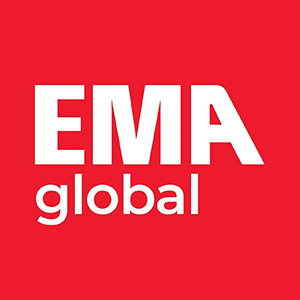First aid kits are a must-have for any trip overseas. From a slight scrape to food poisoning, anything can happen when you are away from home. A well-stocked first aid kit can be your first line of defence. Many people tend to understock their first aid kits or even forget to bring one at all and regret it later when crisis strikes. Here’s what you can put in your first aid kit to prepare yourself for the most common situations:
1. Saline
The most underrated medical supply is humble saline. Saline solution is simply water mixed with about 0.90% sodium chloride, also known as salt. But this is not like normal saltwater, because medical-grade saline is sterile, meaning it is free from bacteria and other germs. This makes saline perfect for washing open wounds and skin abrasions. This is essential to prevent infection of the wound, as you wash away dirty solid particles before further treatment. Many sources recommend not to use antiseptics on open wounds as it may damage the skin, so saline is your best friend for wound cleaning.
2. Bandages and dressing
Bandages and dressing come in various shapes and sizes and are used for different purposes. Sterile gauze dressings are a must-have in your first aid kit. The purpose of gauze is to cover your wound after it is cleaned. This prevents exposure to germs in the environment, which could infect your wound. They come in many sizes, so it would be best to stock up on small, medium, and large varieties to cover all types of wounds. Otherwise, bring medical scissors to cut the larger gauze to fit the wound (but be sure not to put it in your carry-on luggage). To keep the dressing on the wound, you can use either hypoallergenic adhesive tape, or a crepe bandage. Make sure not to tie the bandage too tight, as you could cut off circulation.
Triangular bandages are great for immobilising fractures by tying the affected area in particular ways. However, it is not recommended you try this unless you have been trained in first aid, as improper tying can worsen the fracture. In such cases, it would be better to minimise movement and call for medical evacuation.
3. Thermometer
The trusty thermometer is always crucial to have in your first aid kit. Whether for you or your family, it is important to be able to detect when a fever is coming on. It can also provide critical information to the doctor since they will be able to see if there have been any changes in temperature over time.
4. Painkillers
Painkillers can help tremendously in a travelling situation. If a minor illness happens to strike when the nearest doctor or pharmacist is closed, you will thank yourself for stocking up on some beforehand. This medication can help tide you over until you can access a medical professional.
Some safe options are paracetamol and ibuprofen. Paracetamol is commonly used to treat fever as well, though it is recommended that you still see a doctor in such a case. Ibuprofen is a nonsteroidal anti-inflammatory drug (NSAID) that is also used to treat fever and muscle aches, among other conditions. You should use all these sparingly and make sure that you are not allergic to them or drugs similar to them.
Like all medical drugs, be sure only to take these medications when necessary, and follow the dosages and intervals given by your pharmacist or doctor.
5. Activated charcoal
No matter where you travel to, there is always the chance that you eat something that your stomach cannot handle. Activated or medicinal charcoal is usually taken by mouth to treat stomach issues such as food poisoning and gas. It is made by heating charcoal in the presence of a gas to form many small pores in the charcoal, “activating” it. This allows the charcoal to trap chemicals that are causing stomach upset.
6. Antihistamines
If you have allergies or hay fever, antihistamines could make your trip a lot smoother. As the name suggests, antihistamines target a chemical produced by your body called histamine, which causes inflammation when you come into contact with allergens. Antihistamines come in cream and tablet forms. The former is useful for treating skin allergic reactions when applied to the rash, while the latter can treat blocked nose, runny nose or hives when ingested.
Having a high quality, well-stocked first aid kit it a staple to travel safety. This is, of course, a non-exhaustive list, and there are many other things you can include depending on your needs, like personal medication or ice packs. You can consult your local pharmacist or doctor for further advice and to purchase your supplies.
Take note that while a first aid kit can help to treat minor injuries or conditions, you will need medical evacuation for serious medical situations. Medical transfers like an air ambulance may be necessary to immediately tend to your health needs and provide you with medical attention right away.

